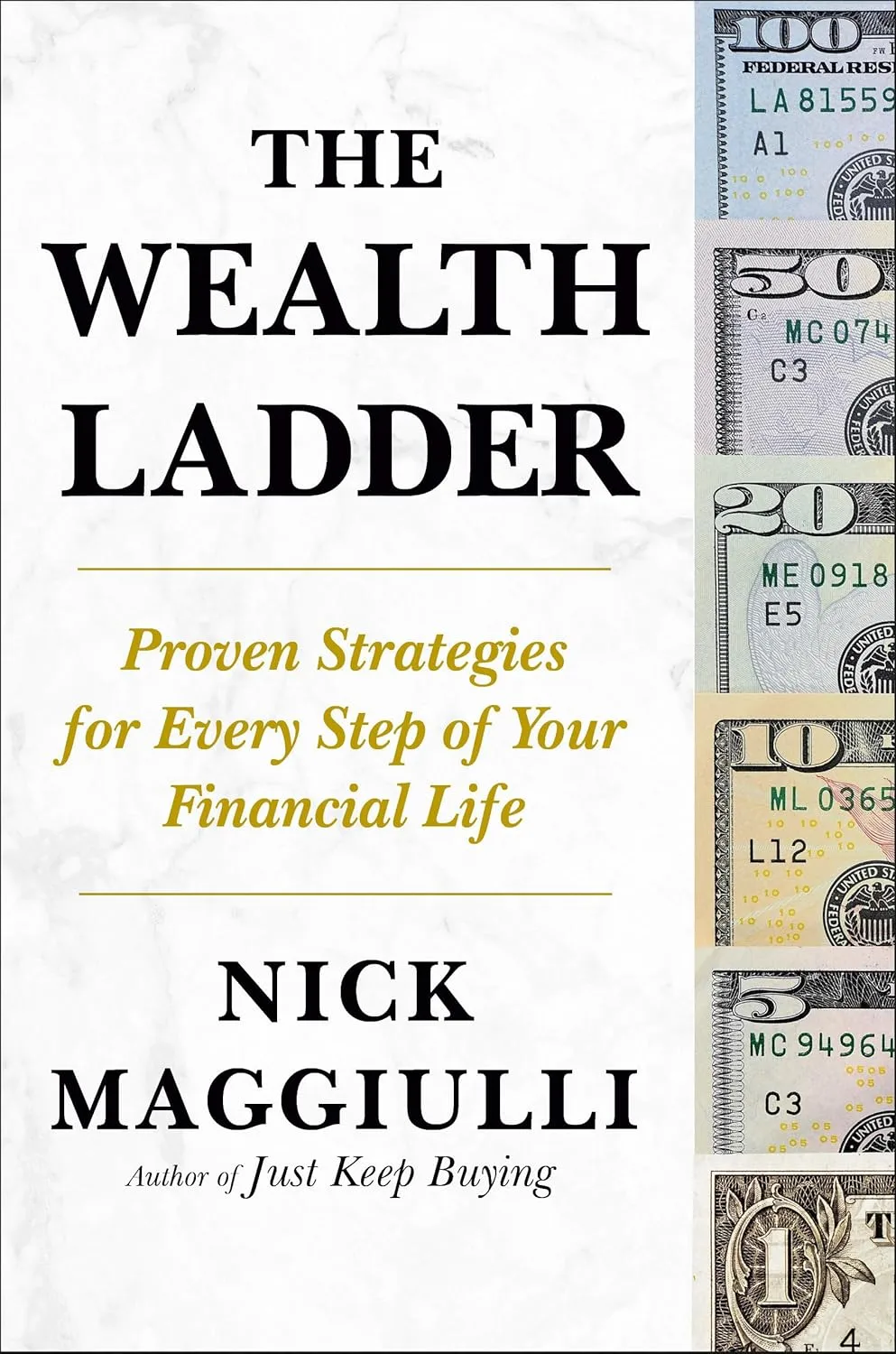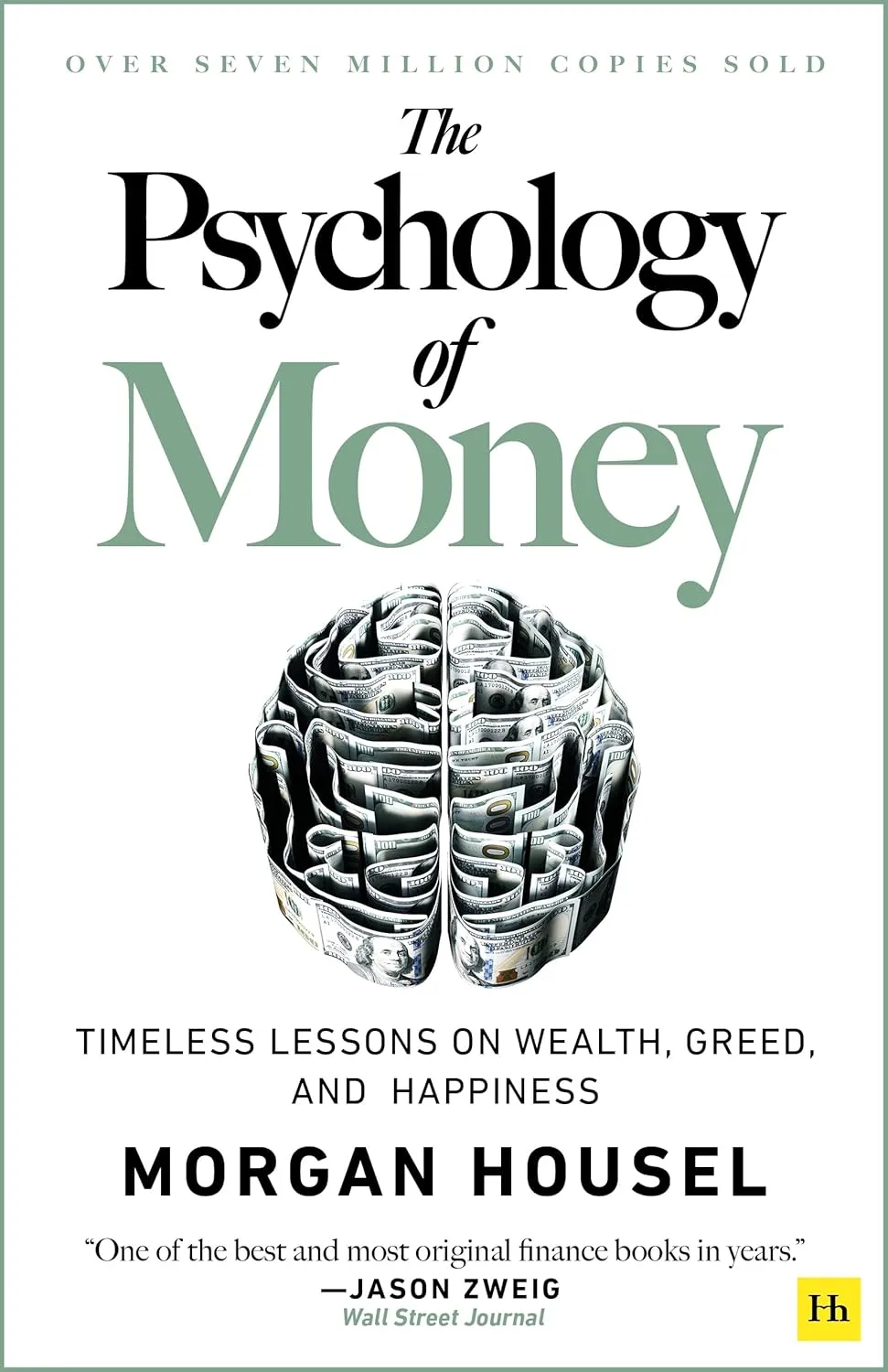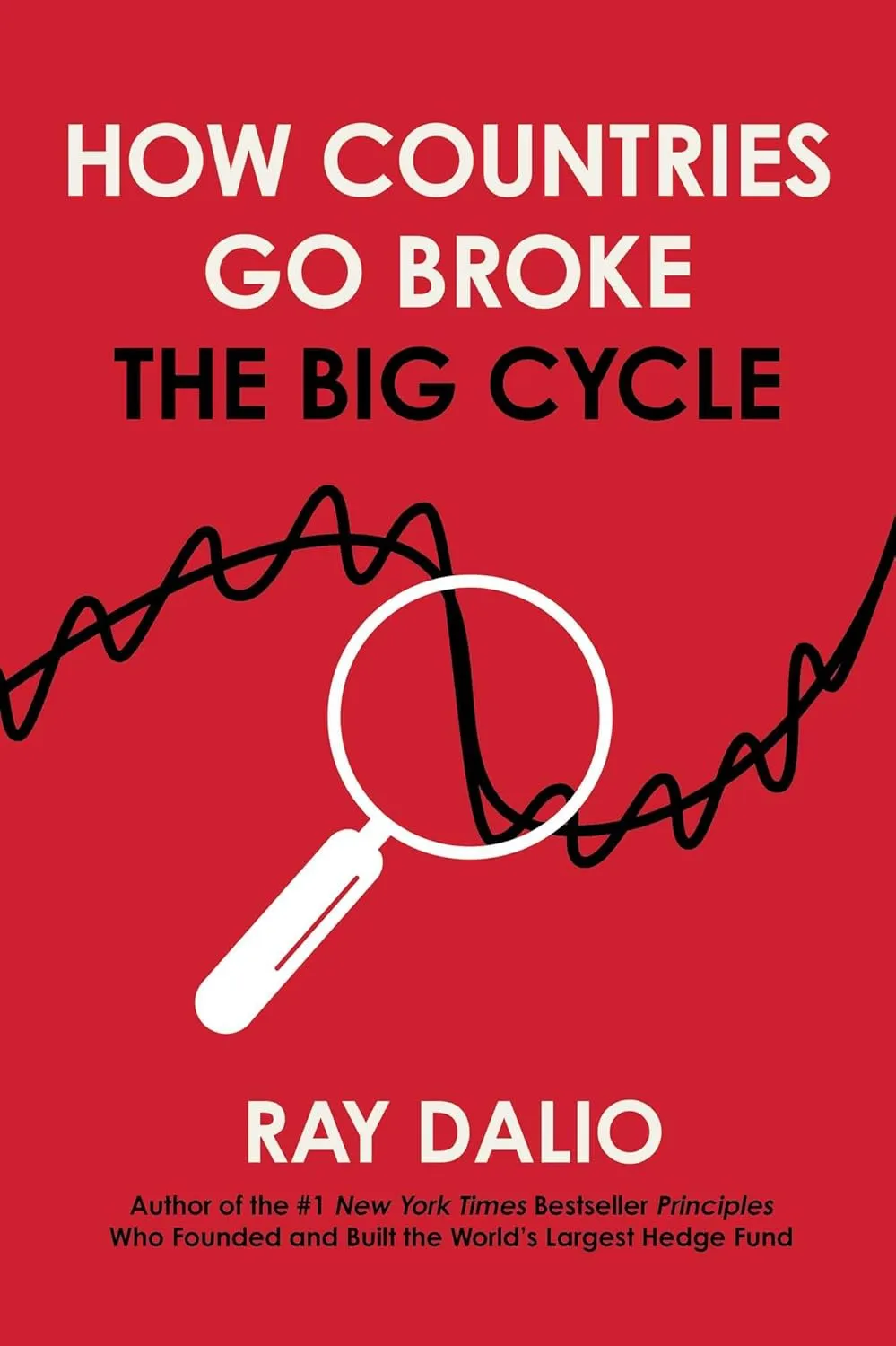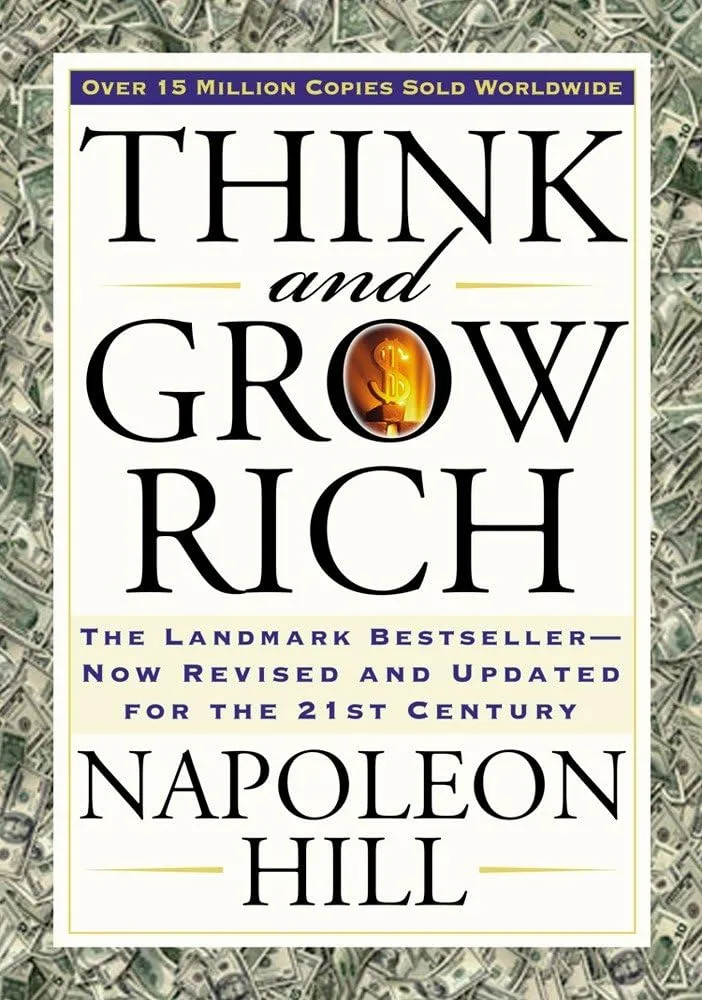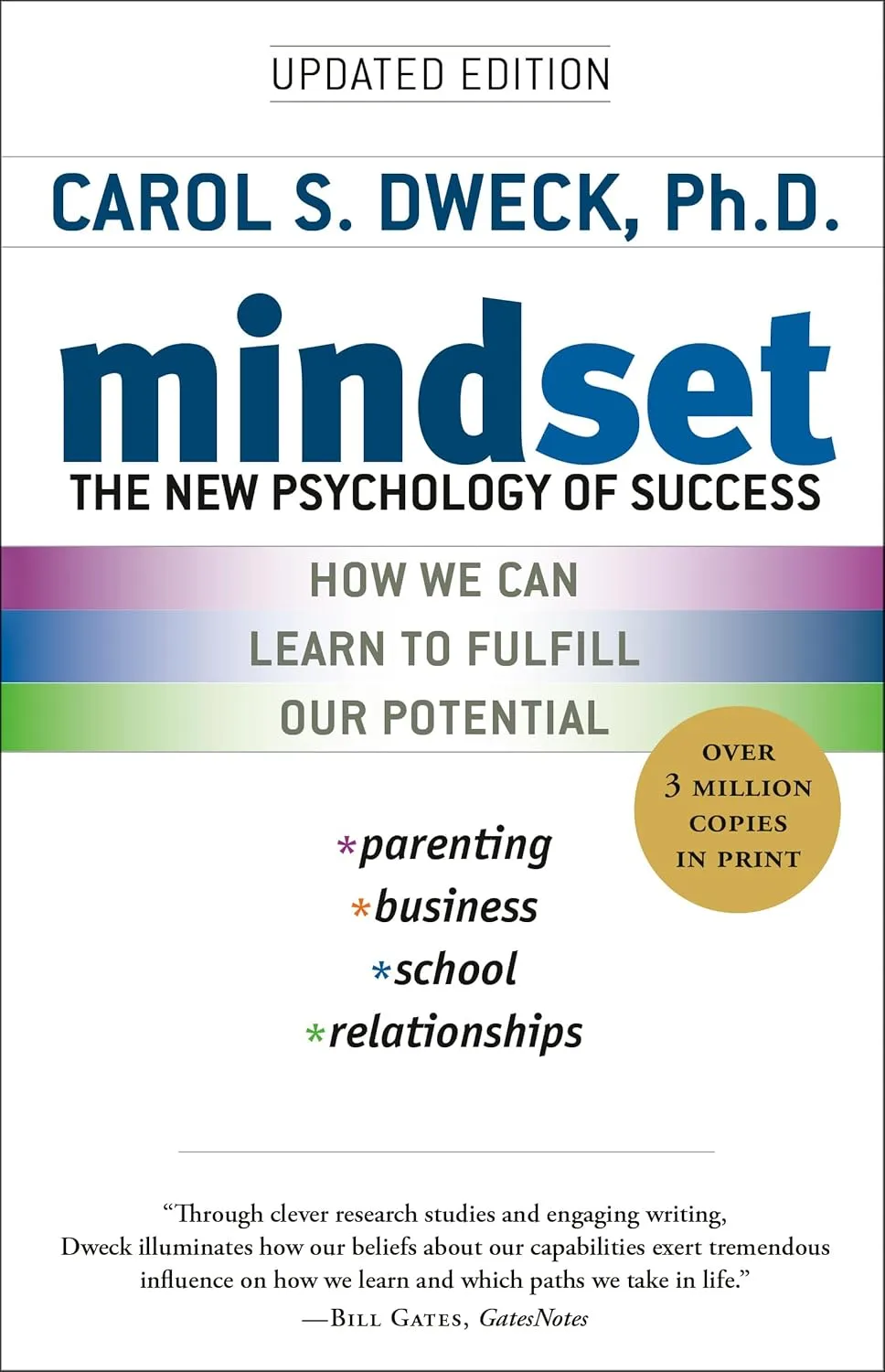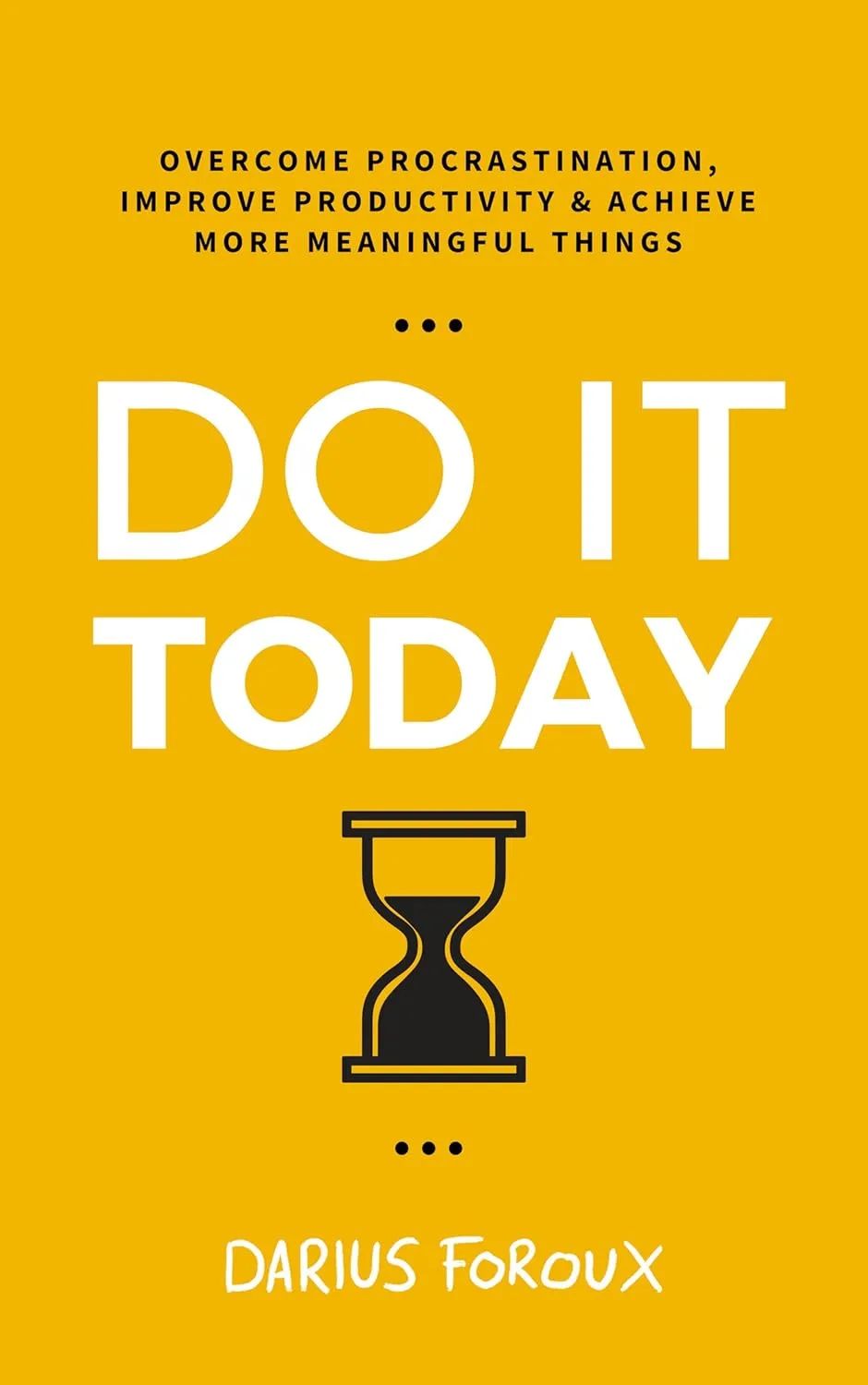Overview
“The Wealth Ladder: Proven Strategies for Every Step of Your Financial Life” is the highly anticipated follow-up to Nick Maggiulli’s bestselling debut “Just Keep Buying.” Published by Portfolio (Penguin Random House) in 2024, this groundbreaking book introduces a revolutionary framework for understanding and building wealth that moves beyond traditional one-size-fits-all financial advice.
The core innovation of “The Wealth Ladder” lies in its recognition that different wealth levels require entirely different strategies. What gets you from financial struggle to stability is not the same approach that will take you from comfortable to truly wealthy. Maggiulli breaks down wealth-building into six distinct levels, each with its own unique challenges, opportunities, and optimal strategies.
Drawing from his extensive experience as Chief Operating Officer and Data Scientist at Ritholtz Wealth Management, combined with insights from his popular blog “Of Dollars and Data,” Maggiulli provides a data-driven yet accessible guide that meets readers wherever they are on their financial journey. The book serves as both a diagnostic tool to identify your current wealth level and a strategic roadmap for climbing to the next rung of financial security.
This isn’t a get-rich-quick scheme or generic financial advice—it’s a new philosophy for thinking about money that acknowledges the reality that wealth-building strategies must evolve as your circumstances change.
Key Takeaways
| Element | Details |
|---|---|
| Genre | Personal Finance/Investment Strategy/Financial Planning |
| Publication Date | 2024 |
| Publisher | Portfolio (Penguin Random House) |
| Format | Hardcover, eBook, Audiobook (narrated by author) |
| Core Framework | Six-level wealth ladder system |
| Primary Focus | Stage-specific wealth-building strategies |
| Data Foundation | Evidence-based financial analysis and research |
| Target Application | Practical, actionable financial guidance |
| Author Platform | Of Dollars and Data blog, Ritholtz Wealth Management |
| Previous Work | Follow-up to bestselling “Just Keep Buying” |
| Approach | Data-driven yet accessible methodology |
| Unique Value | Personalized strategies based on current wealth level |
Book Structure
“The Wealth Ladder” is methodically organized around the six-level framework that forms the book’s central thesis, with each section providing specific strategies and insights tailored to different wealth stages.
The Six Wealth Levels Framework:
Level 1: Survival Mode (Net Worth: Negative to $0)
- Strategies for getting out of debt and achieving basic financial stability
- Emergency fund building and expense management
- Overcoming financial crises and establishing baseline security
Level 2: Stability (Net Worth: $0 to $100,000)
- Building your first significant savings and investment accounts
- Establishing good financial habits and systems
- Creating multiple income streams and career development
Level 3: Breathing Room (Net Worth: $100,000 to $500,000)
- Optimizing investment strategies and tax efficiency
- Home ownership considerations and major purchase decisions
- Balancing lifestyle inflation with continued wealth building
Level 4: Flexibility (Net Worth: $500,000 to $2,000,000)
- Advanced investment strategies and portfolio diversification
- Career transitions and entrepreneurial opportunities
- Preparing for early retirement or financial independence
Level 5: Freedom (Net Worth: $2,000,000 to $10,000,000)
- Wealth preservation and sophisticated investment approaches
- Tax optimization and estate planning considerations
- Philanthropic giving and legacy building
Level 6: Abundance (Net Worth: $10,000,000+)
- Ultra-high-net-worth strategies and family office considerations
- Complex investment vehicles and alternative assets
- Multi-generational wealth planning and impact investing
Supporting Framework:
- Diagnostic tools for identifying your current level
- Transition strategies for moving between levels
- Common mistakes and pitfalls at each stage
- Psychological and behavioral considerations for each level
- Real-world case studies and examples
Practical Implementation:
- Action steps and checklists for each level
- Resource recommendations and tools
- Timeline expectations and milestone markers
- Regular assessment and adjustment strategies
About the Author
Nick Maggiulli has established himself as one of the most trusted and data-driven voices in personal finance, combining academic rigor with practical accessibility in ways that resonate with both financial professionals and everyday investors.
Professional Background:
- Chief Operating Officer and Data Scientist: Ritholtz Wealth Management, one of the fastest-growing independent wealth management firms
- Business Intelligence Expert: Oversees firm operations and provides strategic insights through data analysis
- Financial Technology Specialist: Extensive experience in fintech and investment management systems
Content Creation and Thought Leadership:
- “Of Dollars and Data” Blog: Creator and author of one of the most respected financial blogs, reaching hundreds of thousands of readers
- Bestselling Author: “Just Keep Buying” became a widely acclaimed personal finance bestseller
- Media Contributor: Regular guest on financial podcasts, interviews, and industry publications
- Data Visualization Expert: Known for making complex financial concepts accessible through clear data presentation
Educational and Technical Expertise:
- Stanford University Graduate: Strong analytical and quantitative background
- Evidence-Based Approach: Commitment to using data and research to inform financial advice
- Behavioral Finance Understanding: Deep knowledge of psychology’s role in financial decision-making
- Market Research Experience: Years of analyzing investment trends and market behavior
Unique Value Proposition: Maggiulli stands out in the crowded personal finance space through his combination of:
- Data-driven methodology that backs every recommendation with research
- Practical accessibility that makes complex concepts understandable
- Professional credibility from managing actual wealth at a major firm
- Relatability as someone who has personally climbed the wealth ladder
- Innovation in developing new frameworks like the wealth ladder concept
Writing and Communication Style:
- Clear, jargon-free explanations of complex financial concepts
- Extensive use of charts, graphs, and visual data representation
- Evidence-based recommendations supported by research and analysis
- Practical focus on actionable strategies rather than abstract theory
- Honest acknowledgment of uncertainty and complexity in financial planning
Why This Book Resonates
“The Wealth Ladder” addresses a fundamental flaw in traditional financial advice while providing a framework that speaks to readers’ actual lived experiences with money and wealth building.
Practical Relevance:
- Stage-Specific Guidance: Recognizes that someone with $50,000 needs different advice than someone with $5 million
- Real-World Application: Moves beyond generic advice to provide concrete, actionable strategies
- Personal Identification: Readers can immediately identify where they are and what comes next
- Evolutionary Approach: Acknowledges that successful strategies change as circumstances evolve
Psychological Appeal:
- Progress Visualization: The ladder metaphor provides clear milestones and achievement markers
- Motivation Through Structure: Breaking wealth-building into levels makes the journey less overwhelming
- Identity and Status: Each level provides a sense of accomplishment and forward momentum
- Community and Belonging: Readers can identify with others at their wealth level
Market Timing:
- Post-Pandemic Reassessment: Many people are reevaluating their financial priorities and strategies
- Information Overload Solution: Cuts through endless financial advice to provide clarity
- Wealth Inequality Awareness: Addresses the reality that different wealth levels require different approaches
- DIY Investment Era: Provides guidance for self-directed investors with varying levels of sophistication
Professional Credibility:
- Industry Experience: Author’s role at major wealth management firm provides institutional credibility
- Data-Driven Approach: Evidence-based recommendations appeal to analytically-minded readers
- Proven Track Record: Success of “Just Keep Buying” demonstrates author’s ability to provide valuable guidance
- Ongoing Platform: “Of Dollars and Data” blog provides continuous value and community
Universal Yet Personal:
- Inclusive Framework: Addresses readers at all wealth levels rather than focusing only on high earners
- Flexible Application: Strategies can be adapted to individual circumstances and goals
- Long-term Perspective: Provides guidance for entire wealth-building journey, not just current situation
- Honest About Challenges: Acknowledges difficulties and setbacks as normal parts of the process
Educational Value:
- Financial Literacy: Improves readers’ understanding of investment principles and wealth-building mechanics
- Strategic Thinking: Teaches long-term planning and systematic approach to financial goals
- Decision-Making Framework: Provides tools for evaluating financial opportunities and risks
- Market Understanding: Helps readers develop more sophisticated understanding of economic principles
Ideal Audience
Primary Audience:
- Young Professionals (Ages 25-40): Early career individuals seeking systematic approach to wealth building and long-term financial planning
- Mid-Career Professionals (Ages 35-55): Established workers looking to optimize their wealth-building strategies and accelerate progress
- DIY Investors: Self-directed investors who want sophisticated guidance without hiring a financial advisor
- Personal Finance Enthusiasts: Readers who enjoy data-driven financial content and systematic approaches to money management
Secondary Audience:
- Financial Advisors and Planners: Professionals seeking frameworks for client education and strategic planning
- High Earners: Individuals with substantial income who need guidance on wealth preservation and optimization
- Entrepreneurs and Business Owners: Those with variable income who need flexible wealth-building strategies
- Recent Graduates: College graduates beginning their financial journey who want to start with proven strategies
Demographic Appeal:
- Millennials and Gen X: Generations most actively building wealth and seeking financial guidance
- Dual-Income Households: Families with complex financial situations requiring sophisticated planning
- Tech Workers and Professionals: High-earning professionals in growth industries
- Anyone Feeling Financially Stuck: Readers who feel they’re working hard but not making financial progress
Experience Levels:
- Beginner to Intermediate: Accessible enough for those new to investing while providing value to experienced investors
- Self-Motivated Learners: Individuals who prefer learning and implementing strategies independently
- Data-Oriented Readers: Those who appreciate evidence-based recommendations and analytical approaches
- Goal-Oriented Planners: People who think systematically about long-term financial objectives
Life Circumstances:
- Career Transitioners: Professionals changing careers or industries who need strategic financial guidance
- Recent Wealth Increases: Individuals experiencing income growth who need strategies for their new circumstances
- Inheritance Recipients: Those who have received or expect to receive significant assets
- Early Retirement Aspirants: Readers pursuing FIRE (Financial Independence, Retire Early) strategies
Geographic and Cultural Appeal:
- American-Focused: Strategies primarily designed for U.S. financial systems and tax structures
- Urban and Suburban Professionals: Appeals particularly to metropolitan area workers with higher costs of living
- Education-Oriented Communities: Resonates with readers who value learning and systematic approaches
- Achievement-Oriented Individuals: Appeals to those who enjoy measuring progress and reaching milestones
Memorable Quote
“What gets you from Level 1 to Level 2 is not the same strategy that will get you from Level 5 to Level 6.”
This foundational statement encapsulates the book’s core revolutionary insight and challenges decades of generic financial advice. It highlights the critical recognition that wealth-building is not a linear process with uniform strategies, but rather a progression requiring different approaches, mindsets, and tools at each stage.
The quote also emphasizes the book’s practical value—it’s not enough to know general financial principles; you need to understand which principles apply to your specific situation and wealth level. This philosophy transforms financial planning from a one-size-fits-all approach to a personalized, stage-appropriate strategy that evolves with your circumstances.
Central Themes
| Theme | Exploration in the Book |
|---|---|
| Stage-Specific Strategy | Demonstrates how optimal financial strategies change dramatically based on current net worth, with detailed analysis of what works at each wealth level |
| Progressive Complexity | Shows how financial planning naturally becomes more sophisticated as wealth increases, requiring different skills and knowledge at each stage |
| Behavioral Evolution | Explores how spending habits, risk tolerance, and financial psychology change as individuals climb the wealth ladder |
| Income vs. Net Worth Focus | Emphasizes net worth over income as the key metric for determining appropriate financial strategies and life decisions |
| Systematic Wealth Building | Provides methodical, step-by-step approaches for each wealth level rather than relying on luck or timing |
| Exit Events and Acceleration | Examines how major financial events (business sales, inheritance, windfalls) can rapidly change wealth levels and required strategies |
| Time Horizon Planning | Addresses how investment timelines and financial goals should shift based on current wealth level and life circumstances |
| Risk Management Evolution | Shows how risk tolerance and risk capacity change at different wealth levels, requiring adaptive approaches to investment and insurance |
| Lifestyle and Spending Optimization | Explores how spending priorities and lifestyle choices should evolve as wealth increases to maximize long-term financial success |
| Psychological Wealth Challenges | Addresses the mental and emotional challenges unique to each wealth level, from scarcity mindset to abundance anxiety |
FAQ
Q: How is this different from other personal finance books? A: Unlike traditional financial advice that offers generic strategies, “The Wealth Ladder” provides specific strategies tailored to your current net worth level. The six-level framework ensures you’re getting advice appropriate to your actual financial situation rather than one-size-fits-all guidance.
Q: What are the six levels of the wealth ladder? A: The levels are based on household net worth: Level 1 (Negative to $0), Level 2 ($0-$100K), Level 3 ($100K-$500K), Level 4 ($500K-$2M), Level 5 ($2M-$10M), and Level 6 ($10M+). Each level requires different strategies and approaches to wealth building.
Q: Do I need to read “Just Keep Buying” first? A: No, “The Wealth Ladder” is designed as a standalone book. While both books complement each other, you can start with either one. “The Wealth Ladder” focuses more on strategic frameworks, while “Just Keep Buying” focuses more on investment psychology and behavior.
Q: Is this book suitable for beginners to investing? A: Yes, the book is designed to meet readers at their current level. If you’re at Level 1 or 2, the strategies are accessible and foundational. As you progress through the levels, the strategies naturally become more sophisticated.
Q: How often should I reassess my wealth level? A: Maggiulli recommends annual assessments, though major life changes (job loss, inheritance, business sale, etc.) may require more immediate reassessment and strategy adjustment.
Q: Are the dollar amounts fixed, or do they adjust for inflation? A: While the book provides specific dollar ranges for each level, Maggiulli acknowledges that these ranges may need adjustment over time for inflation and changing economic conditions. The principles and relative relationships between levels remain consistent.
Q: Does this book cover international investing or non-U.S. strategies? A: The book is primarily focused on U.S.-based strategies and financial systems, though many of the underlying principles can be adapted to other markets and countries.
Q: What makes Nick Maggiulli qualified to write about wealth building? A: Maggiulli combines practical experience as COO and Data Scientist at a major wealth management firm with extensive research and writing through his “Of Dollars and Data” blog. His data-driven approach is backed by both professional experience and academic analysis.
Final Thoughts
“The Wealth Ladder” represents a significant evolution in personal finance literature, moving beyond the tired conventions of generic financial advice to provide a sophisticated yet accessible framework that acknowledges the reality of wealth building. Nick Maggiulli has crafted a work that serves as both diagnostic tool and strategic guide, meeting readers wherever they are on their financial journey.
The book’s greatest innovation lies in its recognition that different wealth levels require fundamentally different approaches. This insight alone makes the book valuable, as it explains why so much traditional financial advice feels irrelevant or impractical to readers—they may be receiving Level 5 advice when they’re still working through Level 2 challenges, or vice versa.
Maggiulli’s data-driven approach provides credibility and reassurance in a field often dominated by anecdotal advice and get-rich-quick schemes. His position at Ritholtz Wealth Management gives him real-world experience with clients across all wealth levels, while his “Of Dollars and Data” platform demonstrates his ability to communicate complex concepts clearly and engagingly.
The six-level framework provides readers with something often missing from financial literature: a clear sense of progress and direction. Rather than swimming in an ocean of general advice, readers can identify exactly where they are and what specific steps will move them forward. This psychological benefit alone makes the book valuable for motivation and sustained effort.
Perhaps most importantly, the book acknowledges that wealth building is as much about psychology and behavior as it is about mathematical optimization. Each wealth level brings its own emotional challenges and psychological adjustments, and Maggiulli addresses these honestly and helpfully.
The practical nature of the advice stands out in a field often dominated by theoretical discussions. Each level includes specific action items, common mistakes to avoid, and clear indicators of when you’re ready to transition to the next stage. This actionable approach makes the book a reference guide rather than just a one-time read.
For financial professionals, the book provides an excellent framework for client communication and education. The wealth ladder concept helps advisors tailor their guidance to clients’ actual circumstances rather than providing generic recommendations.
The book’s timing is particularly relevant as many Americans reassess their financial strategies in the wake of economic uncertainty, changing work patterns, and growing wealth inequality. The structured approach provides clarity and direction in an increasingly complex financial landscape.
“The Wealth Ladder” succeeds in making wealth building feel both systematic and achievable. By breaking the journey into clear stages with specific strategies, Maggiulli transforms what can feel like an overwhelming challenge into a series of manageable steps. The result is a book that serves as both inspiration and practical guide for anyone serious about building long-term financial security.
Rating Recommendation: 4.7/5 stars – A groundbreaking framework for wealth building that combines rigorous analysis with practical application, providing stage-specific strategies that evolve with readers’ financial circumstances.
Links
Purchase Options:

